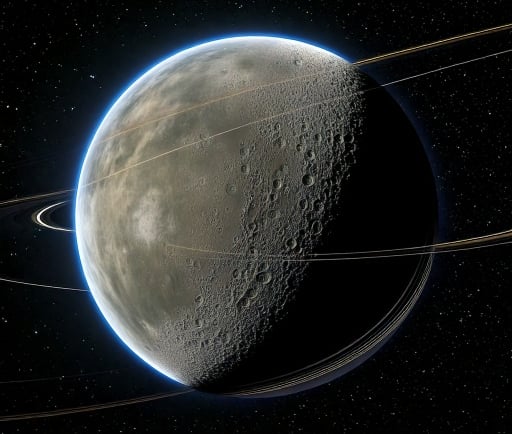The Eccentric Orbit of Exoplanet HD 76920b and Its Implications for Exo Planet Systems


Introduction to Exoplanet HD 76920b
Exoplanets have garnered significant attention in the field of astronomy, presenting opportunities to explore systems beyond our own. Among them, HD 76920b stands out due to its unique characteristics, particularly its eccentric orbit. Located approximately 63 light-years from Earth, this intriguing exoplanet orbits its host star with a notably elongated path that could provide insights into planetary formation theories.
The Eccentric Orbit of HD 76920b
One of the most fascinating aspects of HD 76920b is its eccentric orbit. Unlike the circular orbits typically observed in our solar system, this exoplanet features an orbital eccentricity that suggests a complex evolutionary history. This eccentricity may result from gravitational interactions with other celestial bodies or the residual effects of stellar migration. Such dynamics could reveal essential information about the conditions under which exoplanets form, challenging and expanding our current models of planetary system development.
Implications for Planetary Formation
Understanding the eccentric orbits of exoplanets like HD 76920b is critical in discerning the mechanisms of planetary formation. The characteristics of HD 76920b present a unique case study that may shed light on how planets within and outside our solar system evolve. By analyzing this exoplanet's characteristics, astronomers can refine their theories on the impacts of gravitational interactions and the role of protoplanetary disks in shaping the orbits of forming planets. This information is vital, as the quirks of HD 76920b may act as a model for other planetary systems throughout the universe, suggesting that planets can form under a wide variety of conditions and orbits.
In essence, the orbit of HD 76920b not only challenges conventional thought about planetary formation but also emphasizes the diversity of planetary systems in existence. As we continue to study this exoplanet, we may develop a more comprehensive understanding of planetary evolution across various systems.
